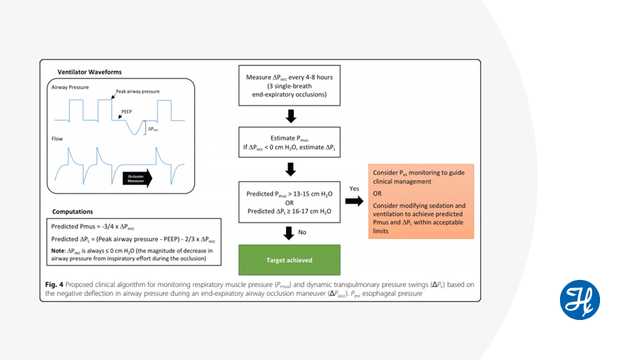
Autore: Marina Matos Rodriguez
Data: 20.08.2021
Last change: 20.02.2023
Changed categorization to exclude ApplicationWhile mechanical ventilation has been shown to result in a rapid loss of diaphragmatic strength in animals, there is less known about the time course of basis of ventilator-induced diaphragmatic weakness in humans.

The pressure developed by the patient’s respiratory muscles is not easy to measure in clinical practice. Esophageal pressure represents the reference method, but is not always practical at the bedside. The primary aim of a study in Italy was to compare two other techniques for measuring Pmusc – the least square fitting and end-inspiratory occlusion methods – with esophageal pressure in patients undergoing pressure support ventilation. In addition, the researchers aimed to establish the accuracy of those measurements for detecting “near-passive” patients. In this Journal Club presentation, we look at the basis for this study and the reasons behind the outcome.